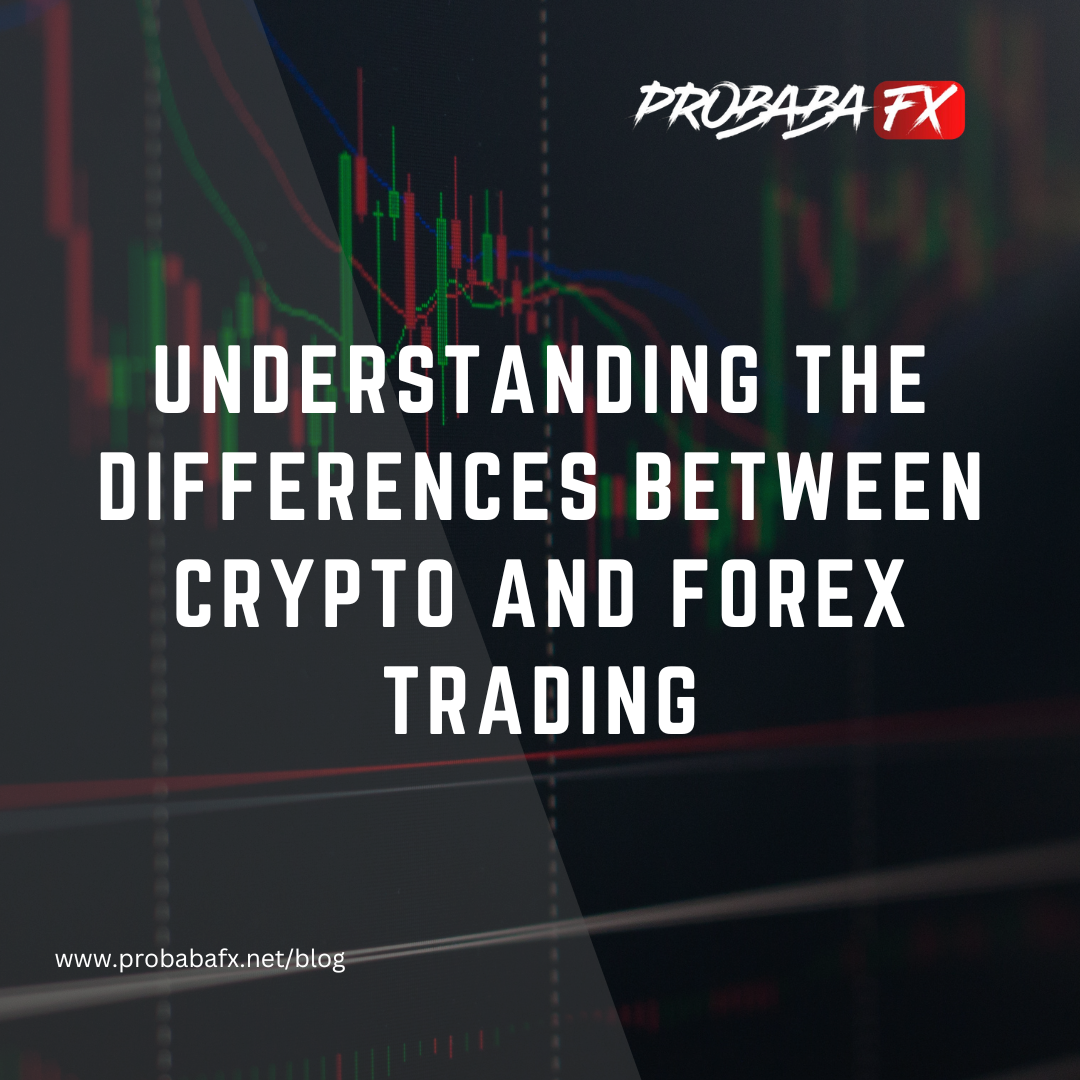1. Market Nature and Origin:
Crypto: The digital environment in which cryptocurrency functions is decentralized. It emerged in the previous ten years, making it a relatively recent addition to the financial world. Blockchain technology is used by cryptocurrencies to provide transaction security and transparency.
Forex: In contrast, it is the world’s oldest and biggest financial market. Fiat currency transactions take place in a decentralized market. With roots dating back to the creation of the gold standard, forex has been a mainstay of global trade for centuries.
2. Asset Class:
Crypto: Digital or virtual assets, like Bitcoin and Ethereum, are known as cryptocurrencies. They can function as a store of value in addition to being a decentralized means of exchange because of their restricted quantity.
Forex: Forex deals with traditional fiat currencies, such as the US dollar (USD), the euro (EUR), and the Japanese yen (JPY), that governments issue. The changes in exchange rates between various currency pairings are a source of speculation for forex traders.
3. Market Operation Hours:
Crypto: The cryptocurrency market is open 24 hours a day, seven days a week, offering nonstop trading possibilities. This continual trading cycle is caused by the lack of a centralized body that governs cryptocurrencies.
Forex: Forex trading follows a schedule corresponding to major financial centers worldwide. The market begins on Sunday evening and ends on Friday evening, resulting in separate trading sessions and market activity periods.
4. Volatility and Risk:
Crypto: Cryptocurrencies are notorious for their price volatility. While this volatility provides opportunities for significant returns, it also increases the risks. Various variables, like legislative developments and technical improvements, can cause rapid price volatility in cryptocurrency markets.
Forex: Forex markets are often seen as less volatile than cryptocurrency markets. Exchange rates between large currency pairings can still vary, although the severity of these movements is usually less severe. Forex traders frequently use leverage to improve their positions.
Finally, both cryptocurrency and forex trading have distinct benefits and problems. Individual preferences, risk tolerance, and investing objectives all play a role in determining which path to choose. As these markets continue to change, it is critical to be educated about their dynamics to make sensible investment decisions.
Disclaimer: This is not financial advice. This is strictly for educational purposes.




